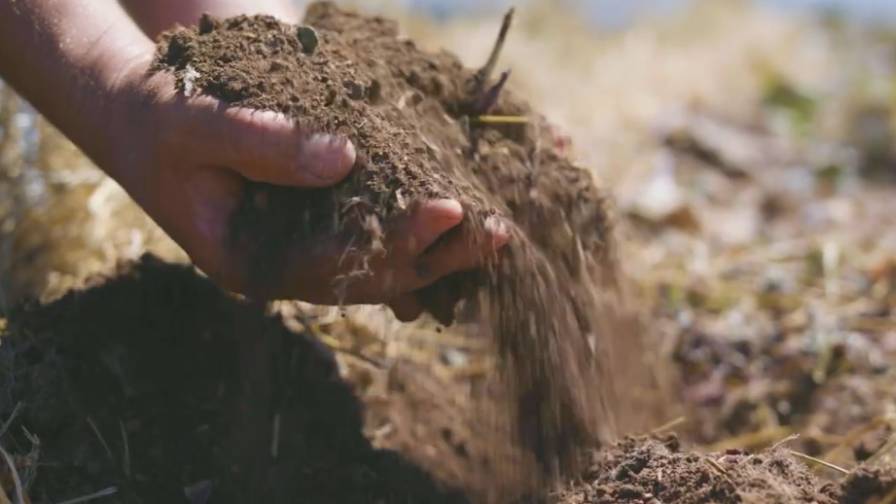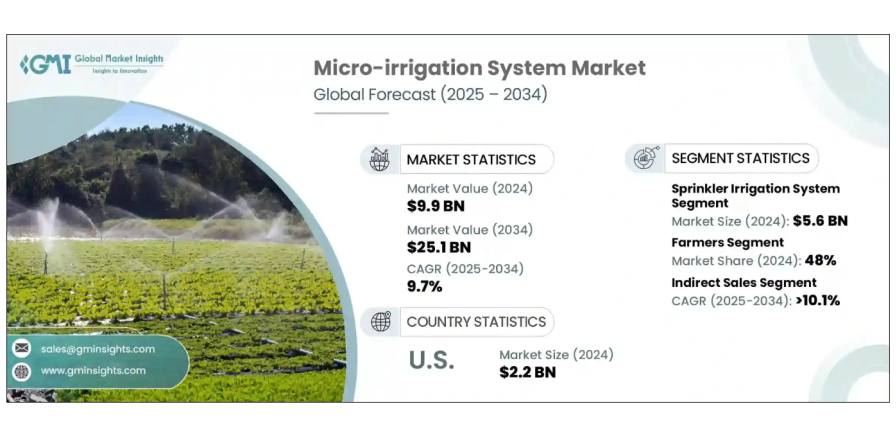New Breakthrough Institute Report Highlights Massive R&D Funding Gap for Agricultural Climate Action
Agriculture is a substantial source of greenhouse gas (GHG) emissions, accounting for about 10% of the U.S. total, but a wide range of practices, technologies, and areas of science that could address the problem receive little research and development (R&D) funding, says a new report from The Breakthrough Institute, a global research center that identifies and promotes technological solutions to environmental and human development challenges, in collaboration with the Bipartisan Policy Center and Environmental Defense Fund.
The report, titled “From Lab to Farm,” presents the first detailed and systematic analysis of funding from federal R&D agencies for agricultural climate mitigation. It includes analysis of tens of thousands of projects supported by the primary federal funders of agricultural research, including USDA’s National Institute of Food and Agriculture (NIFA) and Agricultural Research Service (ARS), the Foundation for Food & Agriculture Research (FFAR), the National Science Foundation (NSF), and the Department of Energy’s Advanced Research Projects Agency–Energy (ARPA–E). The findings reveal the misalignment between the distribution of R&D funding, the sources of agricultural GHG emissions, and the potential to mitigate those emissions, identifying key funding gaps.
The analysis provides concrete recommendations for expanding climate-smart agriculture, including by:
- Elevating climate-smart agriculture as a strategic priority: Climate-smart approaches to agriculture address three critical and interlinked priorities: to produce more and better food through improved crop and livestock productivity, to increase agricultural systems’ resilience to drought and other climate-related impacts, and to reduce net GHG emission. Unfortunately, climate mitigation and adaptation is not a statutory priority of the U.S. Department of Agriculture (USDA), which hampers the administration’s ability to meet its decarbonization and climate goals.
- Allocating R&D funding to agriculture in line with the sector’s climate mitigation potential: The federal R&D agencies and programs included in the analysis spent an estimated $241 million per year on agricultural climate mitigation from 2017 to 2021. This amount is roughly 35-fold less than that spent on U.S. clean energy innovation, despite agriculture representing roughly 10% of total U.S. GHG emissions. This finding underscores the scale of climate mitigation potential represented by agricultural R&D.
- Aligning distribution of R&D funding with the sources of agricultural GHG emissions: The majority of mitigation-related R&D funding has supported projects involving soil carbon sequestration, leaving a wide range of practices and technologies underfunded relative to their potential to reduce the environmental footprint of U.S. agriculture. Projects related to enteric fermentation (the process in which microbes in the digestive tract of cattle and other ruminants decompose food) received less than 2% of mitigation funding that could be categorized, even though methane from enteric fermentation accounts for over 28% of U.S. agricultural GHG emissions. Manure management (the storage, treatment, and transportation of livestock manure) also produces methane and nitrous oxide emissions, accounting for about 13% of agricultural emissions, but receives only roughly 3% of the available funding.
- Increasing research to evaluate existing mitigation strategies: Many mitigation and adaptation strategies are somewhat established but face barriers to widespread adoption. These barriers may be at least partly addressed by research and innovation as well as incentives and farmer outreach. Such farming practices and technologies include the use of cover crops, precision agriculture, cattle feed optimization, and enhanced-efficiency fertilizers.
- Increasing support for emerging, early-stage technologies: Additional technologies hold great mitigation and adaptation potential but will require substantial R&D to de-risk private sector investment before they can be widely adopted, including crops bred to sequester more carbon and feed additives, vaccines, or drugs to cut methane emissions.
- Building capacity through focused legislation: Funding for agricultural research programs should be bolstered through the Farm Bill, set to be renewed in 2023 and which determines mandatory funding levels for several research programs. Beyond the Farm Bill, additional opportunities to enhance climate-smart agriculture innovation can be found in the appropriations process and in standalone legislation.
“Innovation is key to climate mitigation and adaptation, and public R&D is central to climate-smart agricultural innovation. But we are not innovating quickly enough, and the funding gap in climate-smart agriculture is preventing the U.S. from achieving its stated policy goals when it comes to carbon emissions,” said Dan Blaustein-Rejto, Director of Food & Agriculture at The Breakthrough Institute. “Despite its importance, research on climate mitigation and adaptation in agriculture is poorly funded and coordinated, leaving many critical areas starved of funding. There is a desperate need for large-scale investments to close the funding gap, and inaction is not an option.”
MORE BY GLOBE NEWSWIRE
Agriculture Drones and Robots Market Size to Surpass USD 102.15 Billion by 2033
Raven Launches Scalable Enhancements to Precision Guidance at Agritechnica 2023
AgriFORCE Growing Systems Forms Exclusive Distribution Agreement for Mexico
Read the full “From Lab to Farm” report here.









